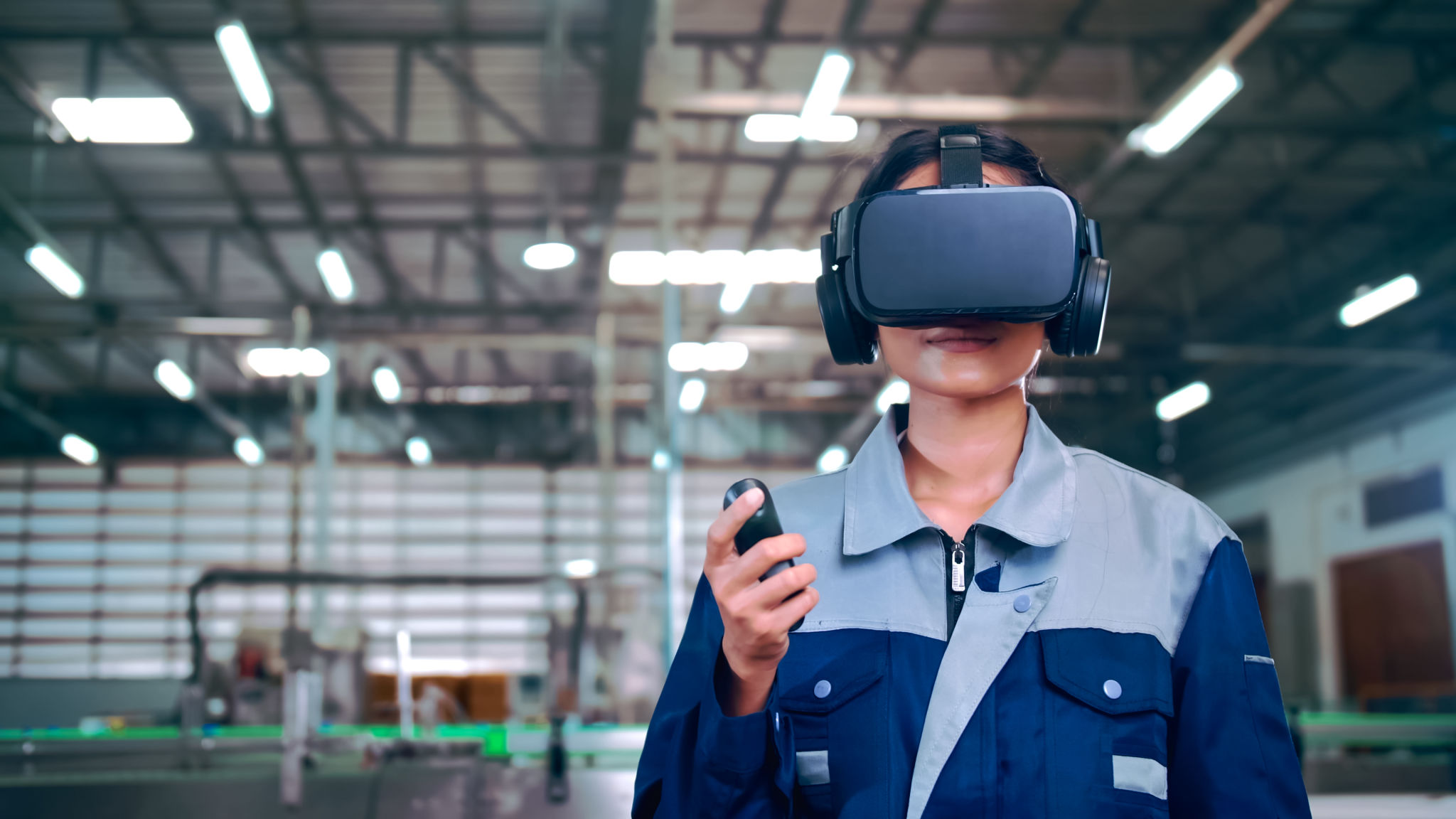The Future of VR Training Simulations: A Deep Dive into Industry Innovations
Revolutionizing Training with VR
The landscape of training simulations is undergoing a significant transformation, thanks to the integration of Virtual Reality (VR). This cutting-edge technology is not just a passing trend; it's reshaping how industries approach skill development and employee training. With VR, trainees can immerse themselves in realistic scenarios that enhance learning retention and engagement.
VR training simulations offer unparalleled benefits by providing a safe environment to practice skills without the associated risks and costs. For industries like healthcare, aviation, and manufacturing, this means trainees can experience hands-on learning without the fear of real-world consequences. As this technology continues to evolve, its impact on training methodologies is poised to grow exponentially.

Key Innovations in VR Training
The advancements in VR training simulations are driven by several key innovations. First, the development of more affordable and accessible VR hardware has significantly lowered the entry barrier for many organizations. Devices like the Oculus Quest and HTC Vive offer high-quality immersive experiences at a fraction of the cost compared to earlier iterations.
Second, the integration of AI into VR training platforms allows for more personalized and adaptive learning experiences. AI can analyze user performance and provide real-time feedback, enabling trainees to improve their skills more efficiently. This level of customization ensures that training is tailored to individual needs, maximizing its effectiveness.

Industry-Specific Applications
Different industries are leveraging VR in unique ways to address their specific training needs. In healthcare, for example, VR simulations are used for surgical training, allowing medical professionals to practice complex procedures in a risk-free environment. This not only enhances their skills but also boosts their confidence before performing surgeries on actual patients.
The aviation industry uses VR to simulate flight scenarios, helping pilots and crew members to react appropriately to emergency situations. These simulations provide a realistic sense of urgency and pressure, which is crucial for effective training. Similarly, manufacturing companies use VR to train workers on equipment operation and safety protocols, reducing the risk of on-the-job accidents.

The Future of VR Training
Looking ahead, the future of VR training simulations is incredibly promising. As technology continues to advance, we can expect to see even more realistic and sophisticated simulations that offer unparalleled levels of immersion. The rise of haptic feedback technology will further enhance these experiences by allowing users to 'feel' their interactions within a virtual environment.
Moreover, as 5G networks become more widespread, the limitations of latency and connectivity will be significantly reduced. This will enable more seamless and responsive VR experiences, making remote training sessions more viable and effective than ever before. Companies will be able to conduct real-time training sessions with employees scattered across different locations, fostering a global workforce.
Challenges and Considerations
While the potential of VR training is vast, there are challenges that need to be addressed. Ensuring content quality and relevance is crucial for the success of any training program. Companies must invest in creating high-quality simulations that truly reflect the scenarios trainees will encounter in their roles.
Additionally, there are considerations regarding data privacy and security, especially when sensitive information is involved in the training content. Organizations must implement robust security measures to protect their data and ensure compliance with regulations.
Conclusion
The future of VR training simulations is bright, with innovations continuing to push the boundaries of what is possible. As industries adopt this technology at an increasing pace, the benefits of enhanced learning experiences will become more apparent. By addressing current challenges and embracing ongoing technological advancements, organizations can harness the full potential of VR to revolutionize their training programs.
